Dog Breeds That Excel at Agility and Obedience Sports
Agility and obedience sports are all about communication. The best dogs with these traits move in sync with their handlers by reading signals, reacting fast, and staying focused under pressure.
These events test physical ability, patience, memory, and responsiveness. Some breeds naturally excel in this kind of work.
Border Collie
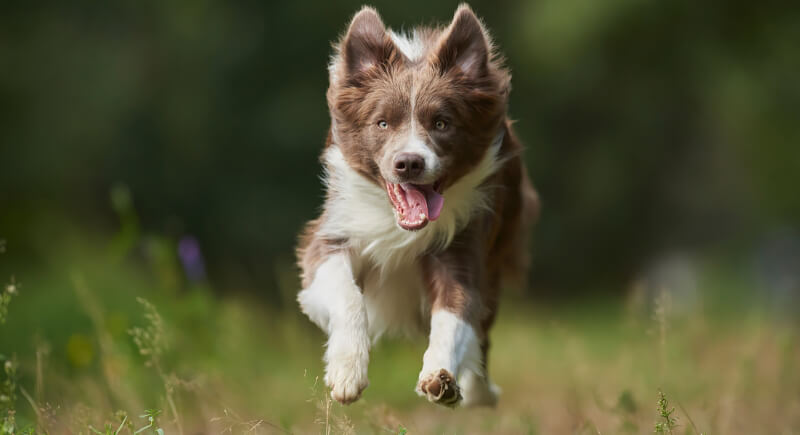
Credit: Getty Images
No other breed dominates more convincingly at agility events. Border Collies read cues mid-stride, anticipate turns, and correct themselves without handler intervention. They score at the top in working intelligence tests and need challenging, varied routines to stay mentally stable off-course.
Australian Shepherd
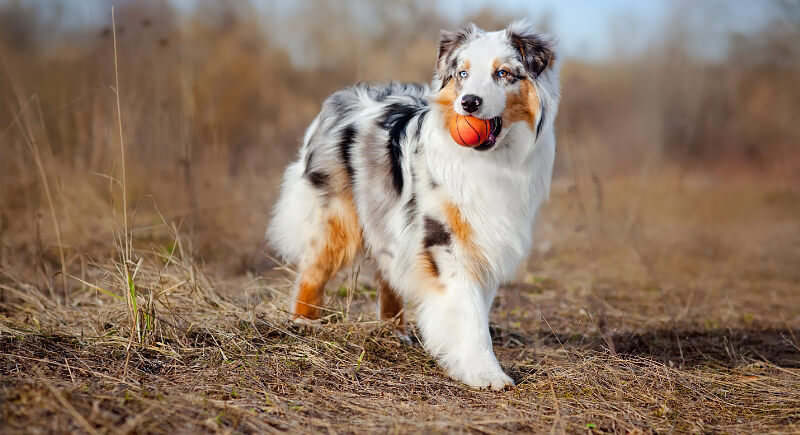
Credit: Getty Images
Aussies are highly calculative dogs. Their movements are deliberate, especially during complex transitions between obstacles. They perform best with handlers who switch up routines and keep things mentally challenging. Predictability doesn’t appeal to them nearly as much as figuring something out on the fly.
German Shepherd
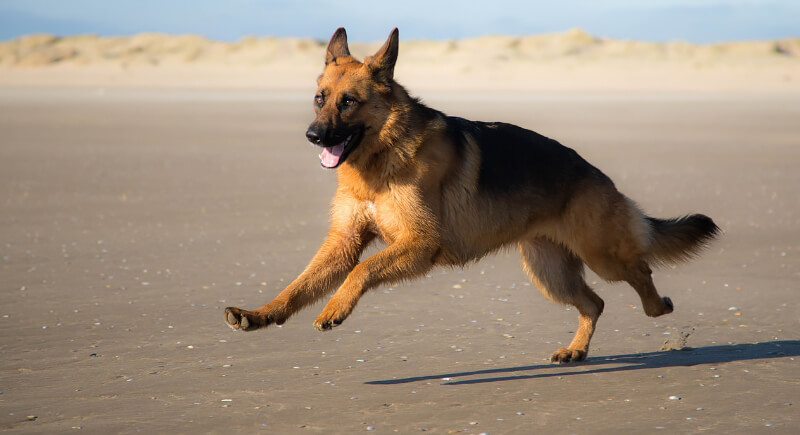
Credit: Getty Images
German Shepherds retain commands under distraction, excel at multi-step routines, and respond with consistent accuracy. Their reliability shows up in their widespread use in advanced training programs and formal work roles. Their physical coordination allows them to handle technical courses confidently.
Shetland Sheepdog
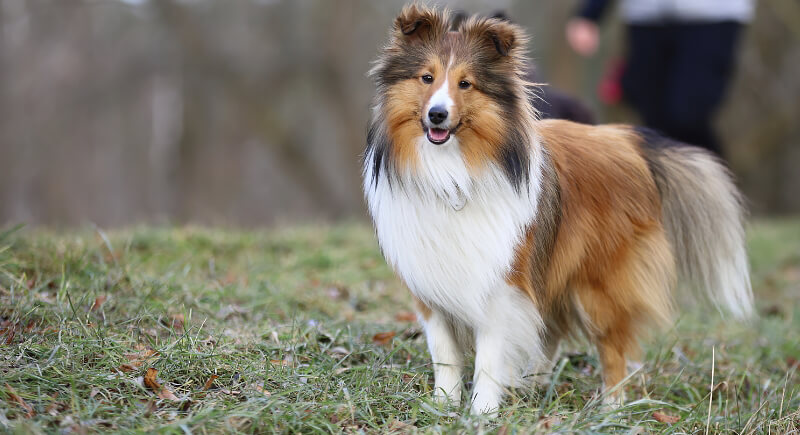
Credit: Getty Images
Shelties are able to handle agility challenges that require split-second decisions. In obedience rings, they stand out for their ability to hold precise form. Regular mental work keeps them steady and avoids overstimulation.
Australian Cattle Dog
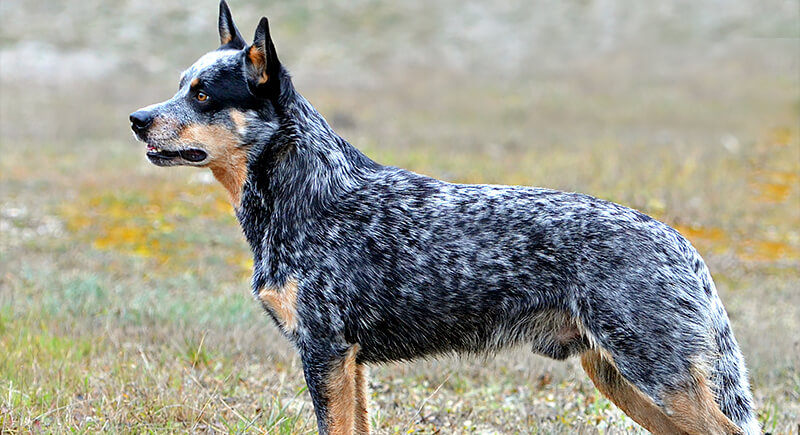
Credit: Wikimedia Commons
Australian Cattle Dogs perform without waiting for approval. Give them a job with no micromanagement and they’ll run with it, literally. These dogs thrive when the rules are clear, then take the lead without constantly checking back.
Vizslas
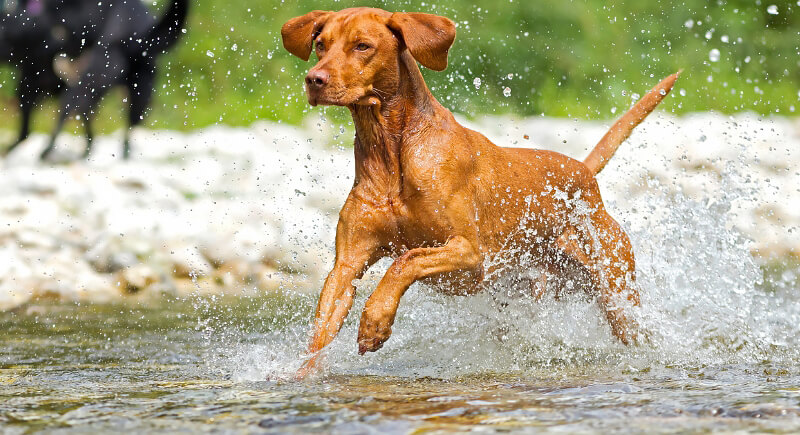
Credit: Getty Images
Vizslas bring endurance and focus to every training session. They don’t burn out quickly, even during long routines. These dogs stay near their handler and follow visual cues without delay. These traits are highly valuable in sports where speed must match control.
Parson Russells
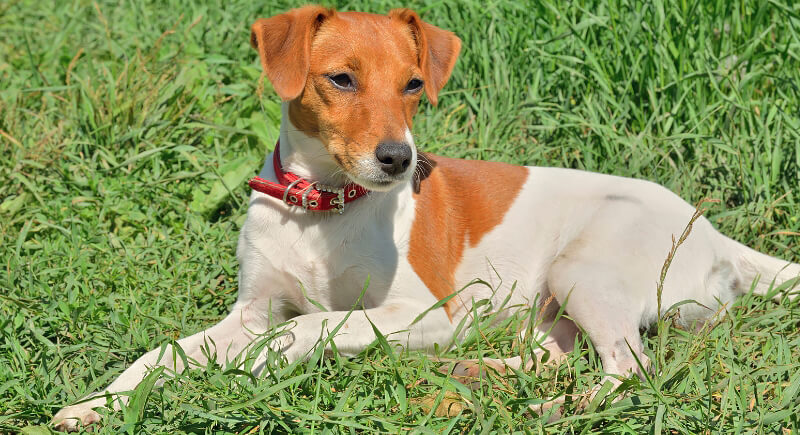
Credit: Getty Images
Their compact frame helps them cut corners cleanly and recover quickly from missteps. Obedience work benefits from their persistence. Once they understand a command, they’ll repeat it with accuracy unless motivation breaks down.
Standard Poodle
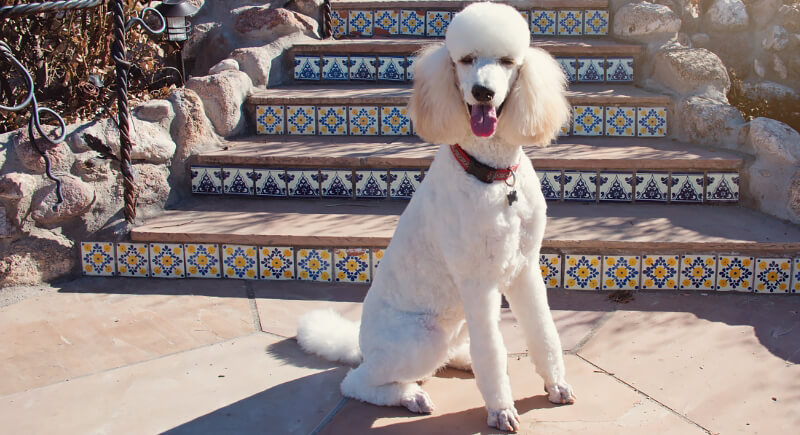
Credit: Getty Images
Standard Poodles remember sequences like a pro athlete memorizing plays. Apart from raw speed, their agility success is about clean pivots, balance, and reading tiny shifts from their handler. Plus, they’re good at switching focus between detail work and full-speed runs.
Doberman
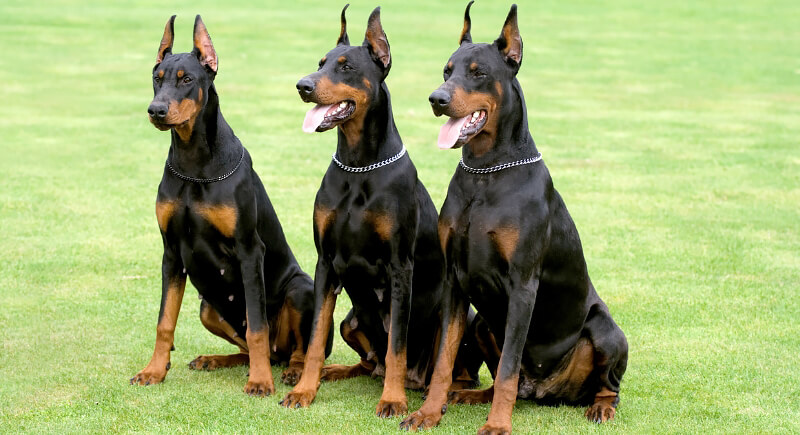
Credit: Getty Images
These dogs crave structure for clarity. When commands are clean and expectations are firm, Dobermans rise to meet them. Their powerful stride and ability to block out distractions make them solid competitors in both fields.
Papillons

Credit: Wikimedia Commons
Papillons surprise many competitors with their focus. Despite their size, they hold form through complex agility turns and pick up routines with minimal reinforcement. Their responsiveness ranks among the highest for toy breeds, especially in obedience events that require precise attention.
Weimaraners
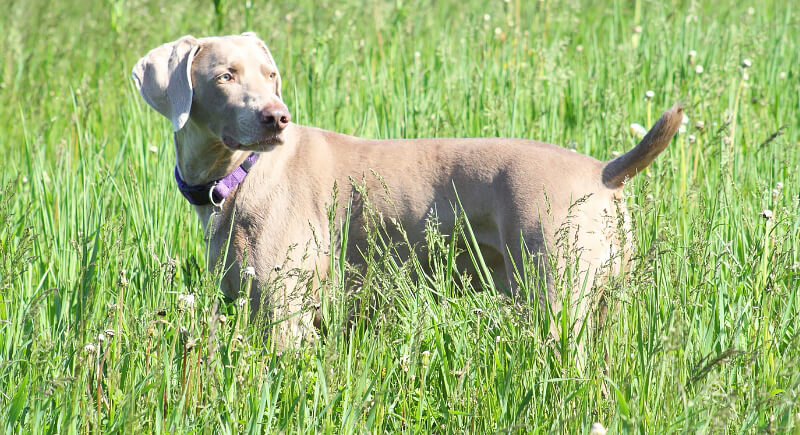
Credit: Getty Images
These dogs maintain speed over long stretches and handle directional changes with strong body control. Short, goal-oriented sessions improve their consistency and make them valuable in demanding courses.
German Shorthaired Pointers
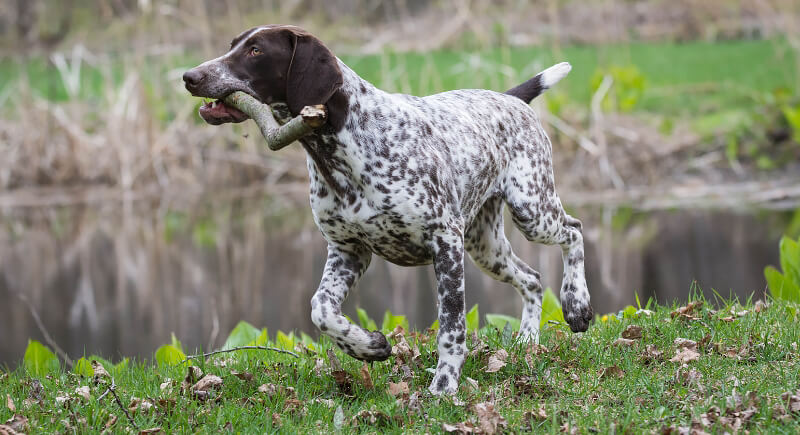
Credit: Canva
German Shorthaired Pointers’ instincts push them forward, but structured training helps them stay handler-aware even at speed. Agility work taps into their coordination, while obedience sessions benefit from their natural drive to complete tasks.
Huskies
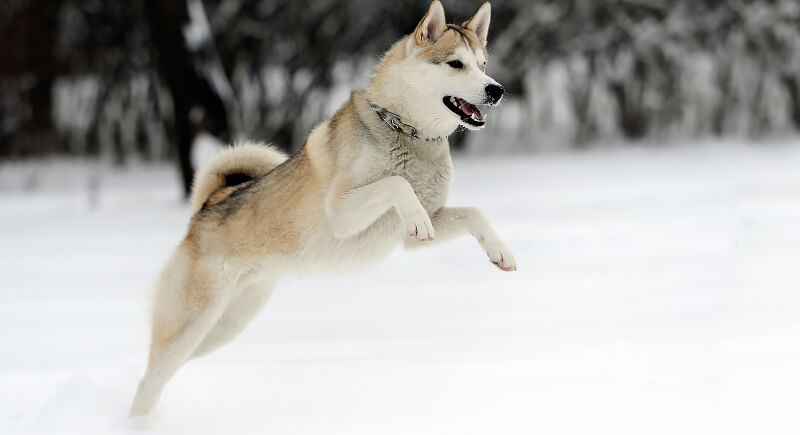
Credit: Getty Images
Huskies test limits before they follow them. With proper early training, they respond well to physical challenges and directional work. Their performance improves when agility training plays to their endurance rather than obedience-based structure.
Ridgebacks
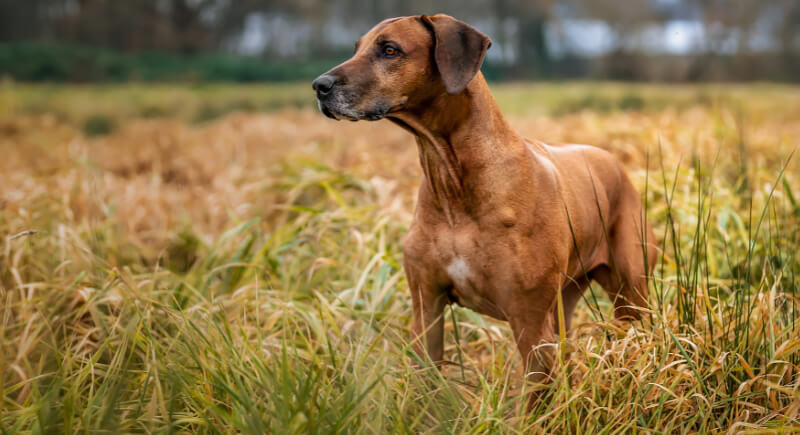
Credit: Getty Images
Ridgebacks approach training with complete concentration. Once they understand the sequence, they stick with it. Handlers who maintain a businesslike approach tend to achieve the best results, especially on strength-based agility tracks.
Golden and Labrador Retrievers
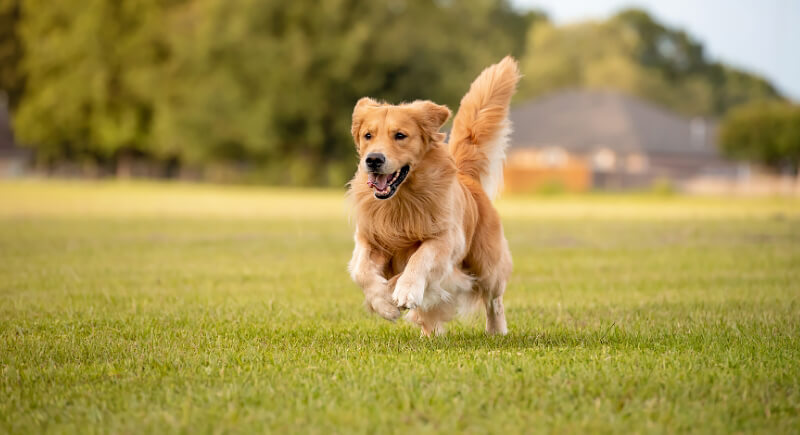
Credit: Getty Images
These breeds might not be the most popular in agility, but they stay closely attuned to their handler like few others. When rules are clear, they deliver steady, low-error routines. In obedience rings, their patience and consistent pacing set them apart from more impulsive competitors.